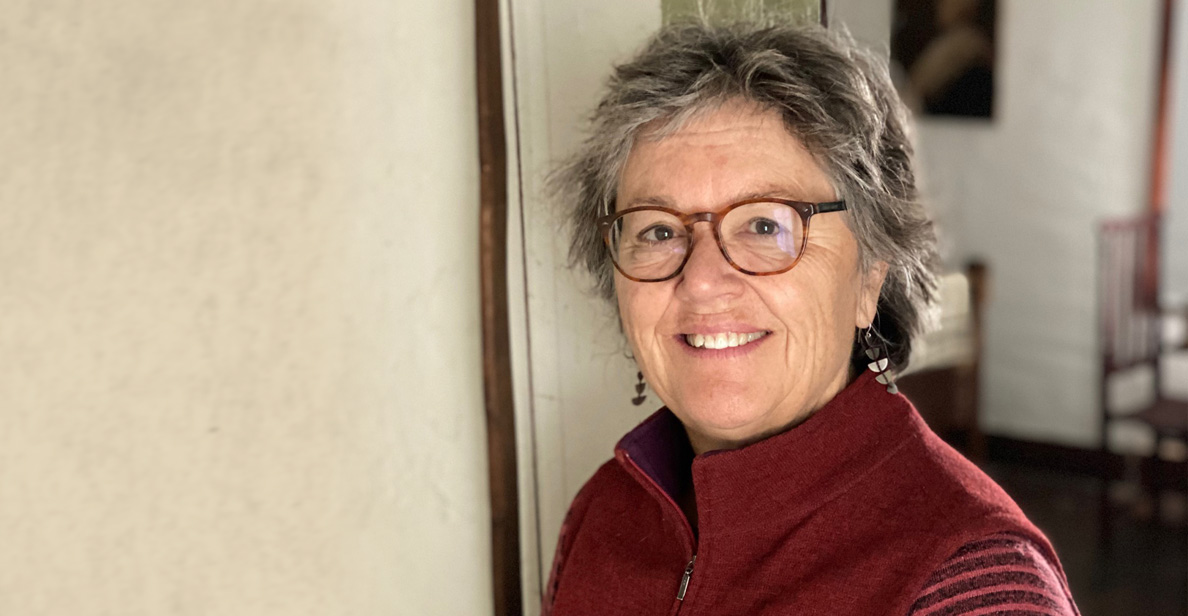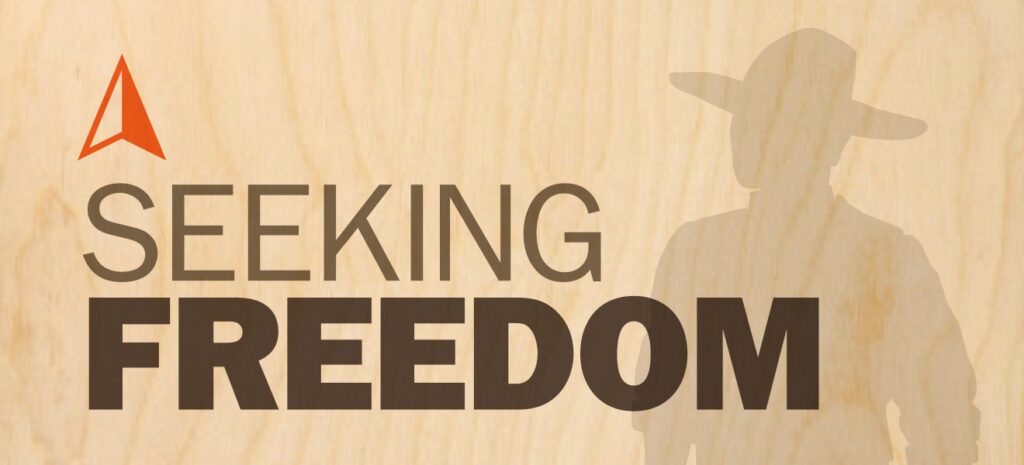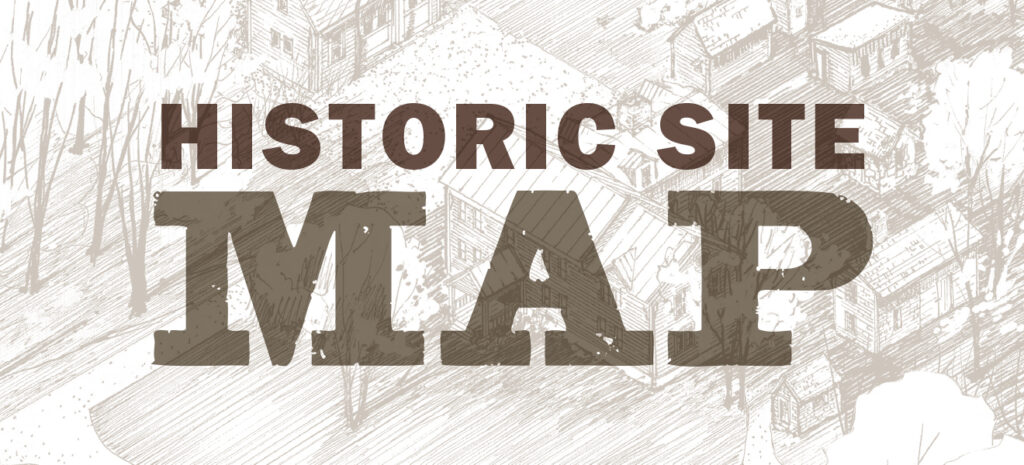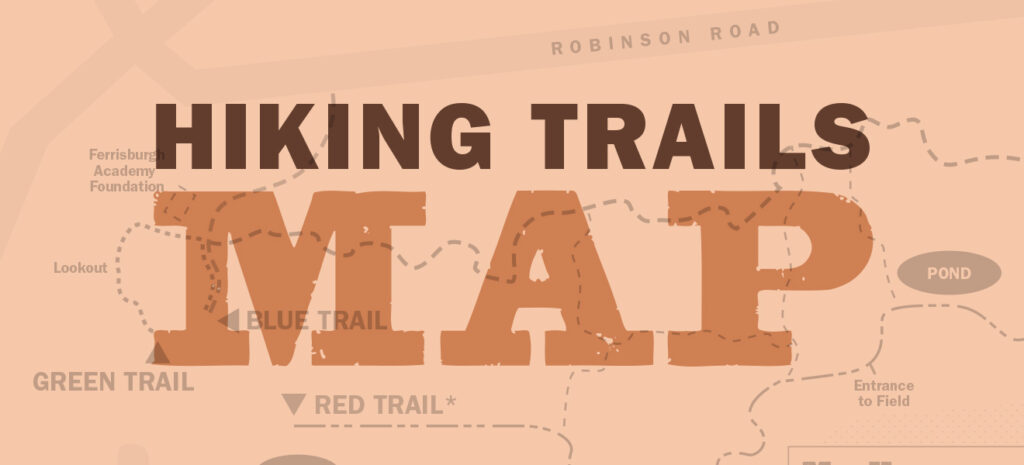Together We Make a Difference

by Catherine Brooks, Rokeby Museum Director
It was about three years ago to the day when I sat at a picnic table with other Rokeby board members discussing our next move. Museum director Jane Williamson had announced her wish to retire, but our first round of interviews had not produced a candidate able to accept our offer.
Parallel to this, and unrelated, I was alarmed and overwhelmed by what I saw and read of increased division and discourse in the public arena. Differences of opinion in policy and politics is what democracy is all about, but what was becoming clear was that the pitched voices 1. weren’t listening to one another, and 2. represented just the tip of an unstable iceberg. Beneath the waterline, I feared a monolith built on failures in education, opportunity, and engagement.
Newly retired, and spread thin volunteering here and there, I was looking for a way to focus my efforts. I knew Rokeby to be not just a historic site, but also a place that embodies values, passions, and a rich history of ordinary people sometimes doing extraordinary things.
That’s what led me to ask to be considered in the next round of interviews for a Rokeby director. As a former educator and museum professional, I had relevant experience and I also had a keen interest in helping Rokeby prosper. Blending the professional with personal, I believed that the stories Rokeby tells could inspire more of us ordinary folk to face that iceberg and work towards equitable solutions.
Now it’s three years later.
Does Rokeby, indeed, make a difference?
I believe it does.
There are so many examples of Rokeby’s impact on those who visit: the local fifth grader for whom national history became local when he interjected on a tour, “You mean Frederick Douglass was here! I mean there (pointing to the south), there on the green in Ferrisburgh?” The group of Massachusetts teens who, moved by the story of an everyday hero, paused in an upstairs room of the Robinson home to consider a late 19thcentury teen overwhelmed by expectations and emotions. The criminal justice graduate student visiting The Fabric of Emancipation who spoke of the complexity of justice issues, pleading for all to find wisdom in compromise. Participants in the annual Reading Frederick Douglass moved by the unsettling echo of the great orator’s words speaking to today’s racial issues. The many visitors to Free & Safe: The Underground Railroad in Vermont: “As a black person I am so glad you are here.” “I am humbled and moved.” “Every Vermonter should visit.”
Rokeby’s expert guest “interpreters” further develop the impact of exhibits. Speakers like Harvard’s historian Robert Stauffer who kept us on the edge of our seats, and generous Emily Bernard who shared wisdom and warmth along with hard realities. Curator Ric Kasini Kadour who, with his energy and insight, helped Rokeby incorporate contemporary art in the telling of our stories. Mending Fences Artist Carol MacDonald who translated the Robinson’s values into compelling images to speak to 20th century visitors about the need for repair.
For every lecture, program or event, there is a story, and for that every speaker and every artist deserves mention and thanks. I have attended almost all the programs, and I am so much the wiser and more passionate for it. Every speaker made an impact.
I thank the Rokeby community for having trusted me to shepherd the museum over these last three years. What we accomplish is because we have your support. We have a fully engaged board that works passionately on behalf of the museum’s track record and potential. Likewise, our cadre of volunteer historians who, during better times, lead our visitors on information-packed guided tours telling the history of the generations of Robinson family members who lived here. The list goes on: teachers who bring their students to learn about slavery, abolition and the remarkable agency exhibited by fugitives from slavery who passed through Ferrisburgh. Summer season staff who greet our visitors and help them have a meaningful experiences learning about the unique and universal stories of art, abolition and agriculture. The visitors themselves — they come from everywhere. Most stay awhile and leave behind words of thanks and encouragement; many engage in conversation with us about history and ideas. Many of them, I truly believe, leave with more insight, more knowledge, and more intent to make the world a better place.
Finally, I must share with you that leaving isn’t hard, because of how excited I am for the Museum’s future. Tomorrow we announce our talented new director.
For everything, thank you. It has been an honor,

 Rokeby Museum
Rokeby Museum



